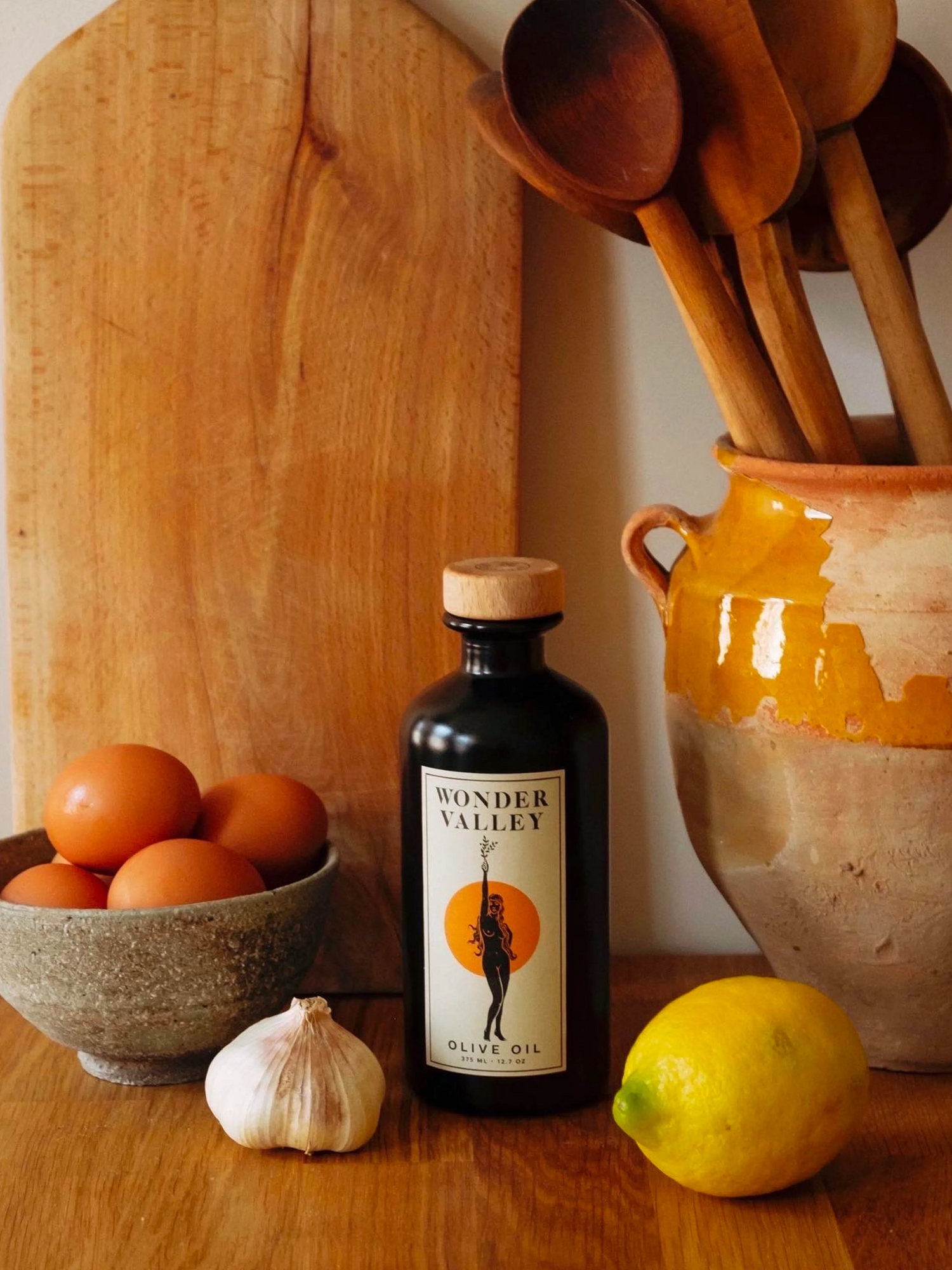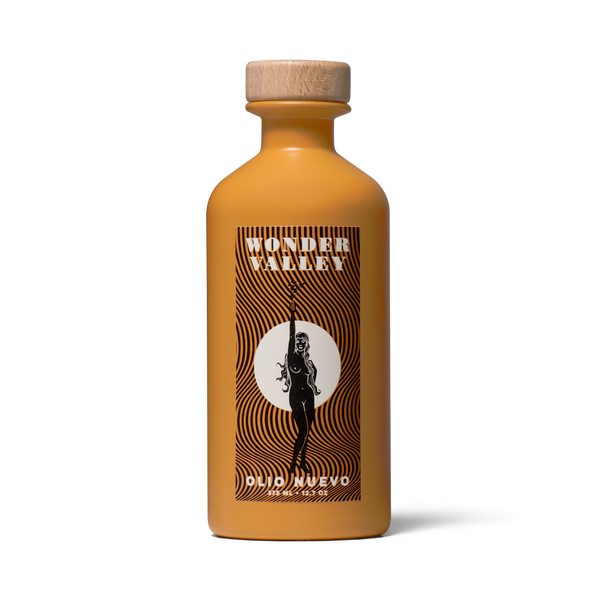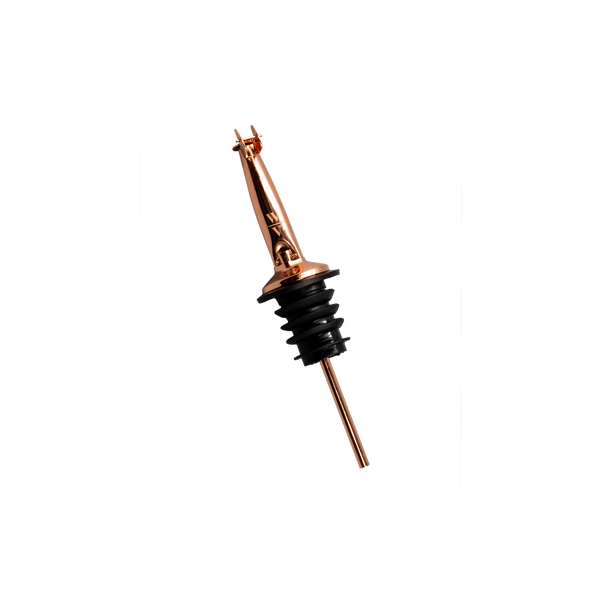EVOO 101
*based on 2016 study by the UC Davis Olive Center
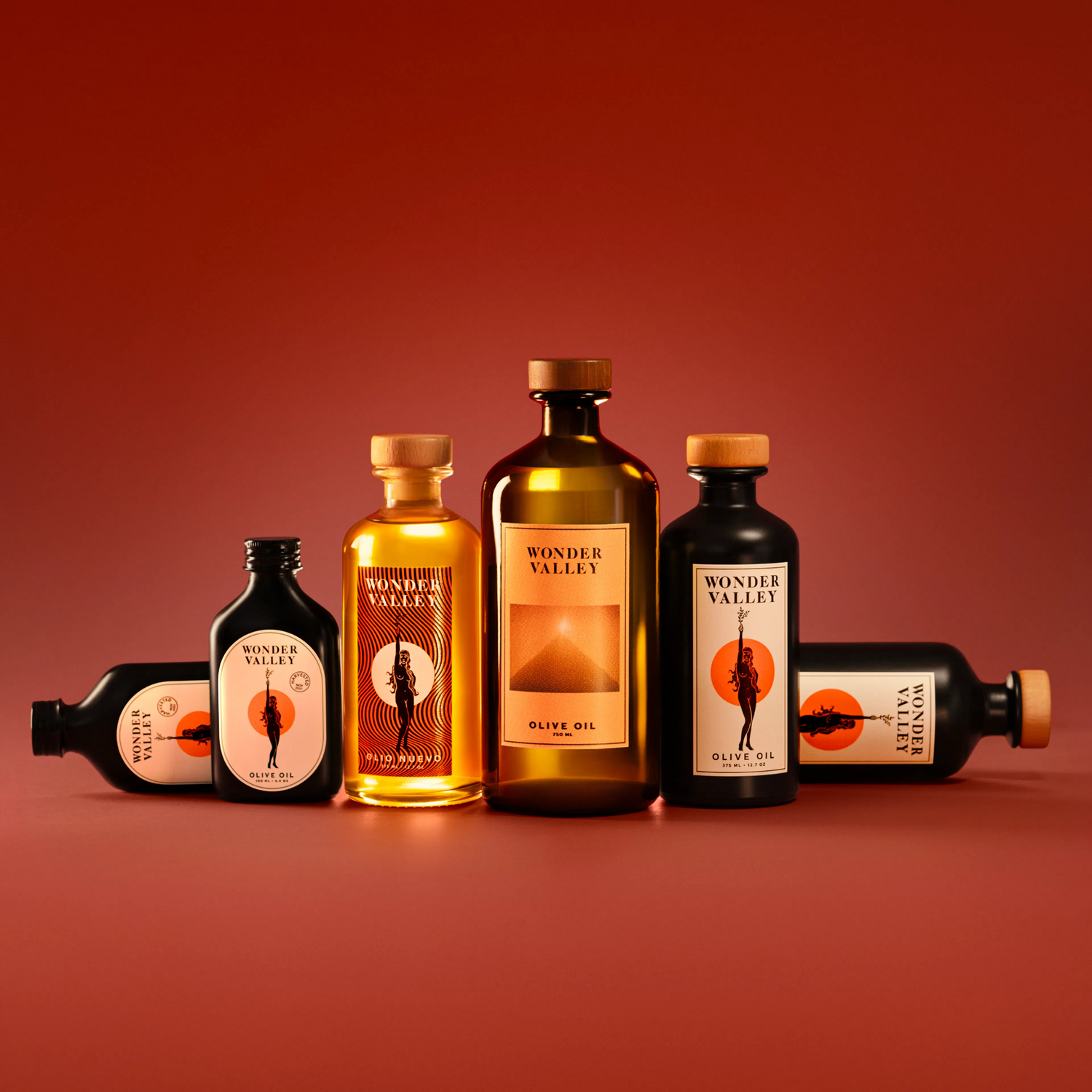
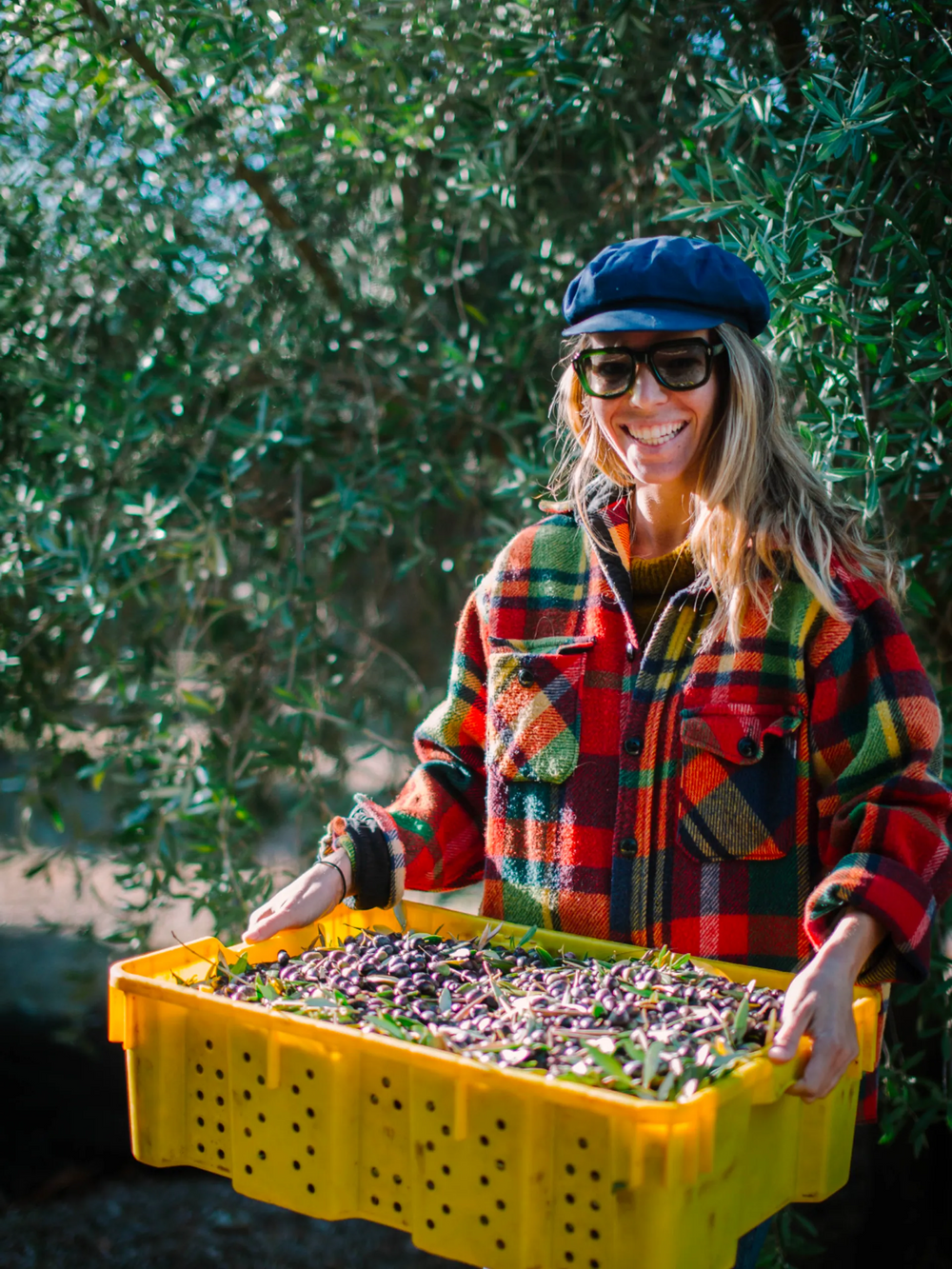
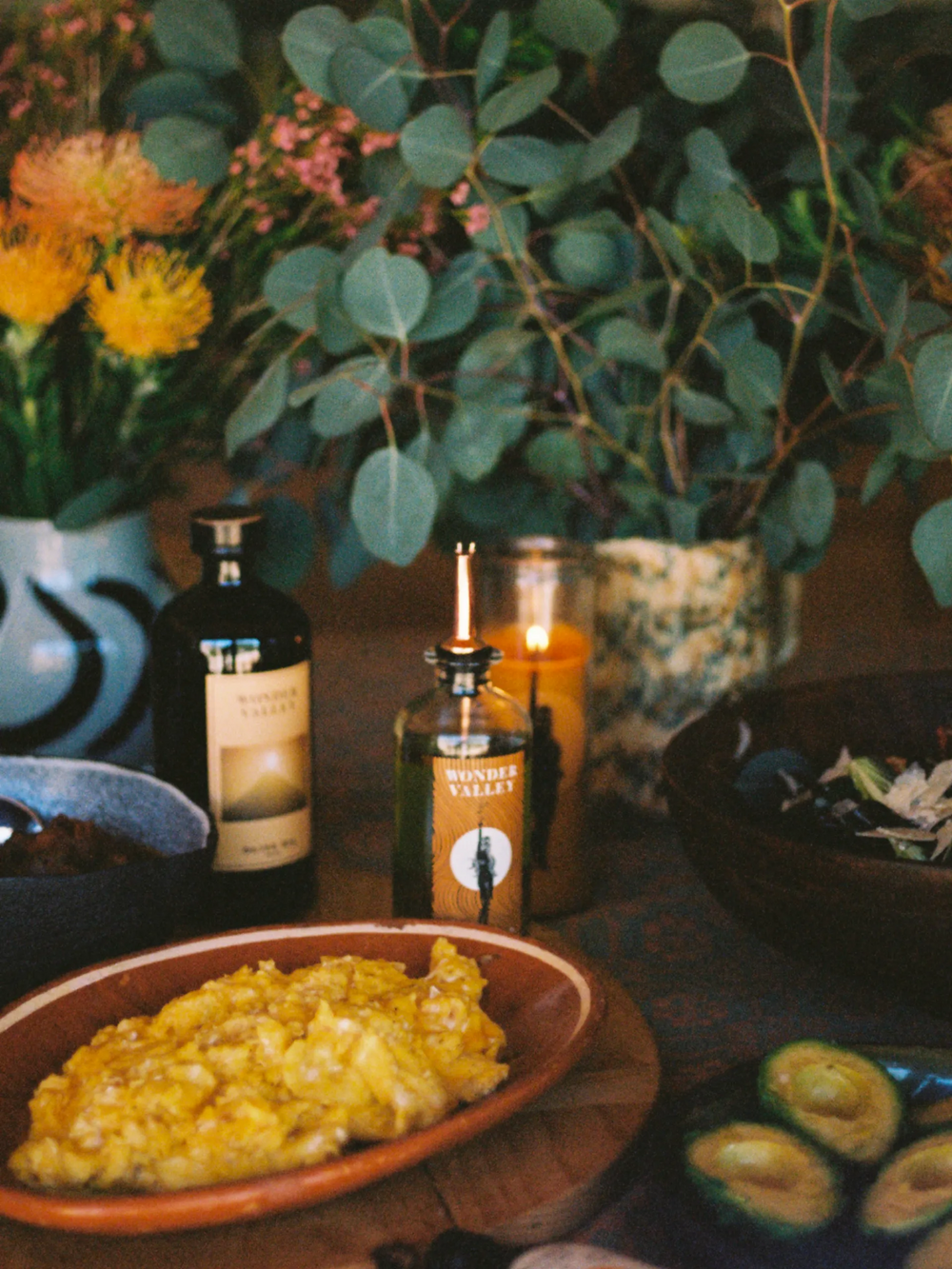
Factors that affect olive oil quality
- Weather
- Harvesting methods
- The milling process
- Exposure to heat, air & light
- Time or age of oil
- Hygiene of equipment
The Good Burn
Put down the bread and pour directly into a glass. Swirl, smell & sip. Three positive attributes to look for during a tasting:
FRUITINESS: Refers to the aroma of fresh, undamaged fruit in the oil. There are a number of positive descriptors, similar to wine (herbaceous notes, ripe and green fruit, floral and woody notes etc).
BITTERNESS: A primary flavor component of fresh olives – that peppery feeling on your tongue when tasting an evoo.
PUNGENCY: That burn or tickle in your throat. Those burning, sometimes intense, reactions to olive oil are a sign that the oil is made from fresh, undamaged fruit with higher concentration of polyphenols.
Trust your Tastebuds
It would take a separate workshop to unpack the flavor profiles and nuances of the defects that can occur in olive oil production and disqualify it as extra virgin grade... but the most important thing to note is that they all have unnatural qualities. Defective, lower quality oil tastes unnatural and usually leaves a greasy mouthfeel. A common defect to watch for is “fusty” oil. Fusty oil has a note of brined olives caused by improper storage of the fruit during harvest or not pressing the olives quickly enough (an anaerobic fermentation occurs).
Olive oil is a fruit juice afterall, and true extra virgin olive oil will taste like things that grew on this earth: grass, nutiness, fruit notes... the list goes on. The most important thing is to try it, and trust your insticts if you can detect that vitality and freshness or if it feels old and flat.
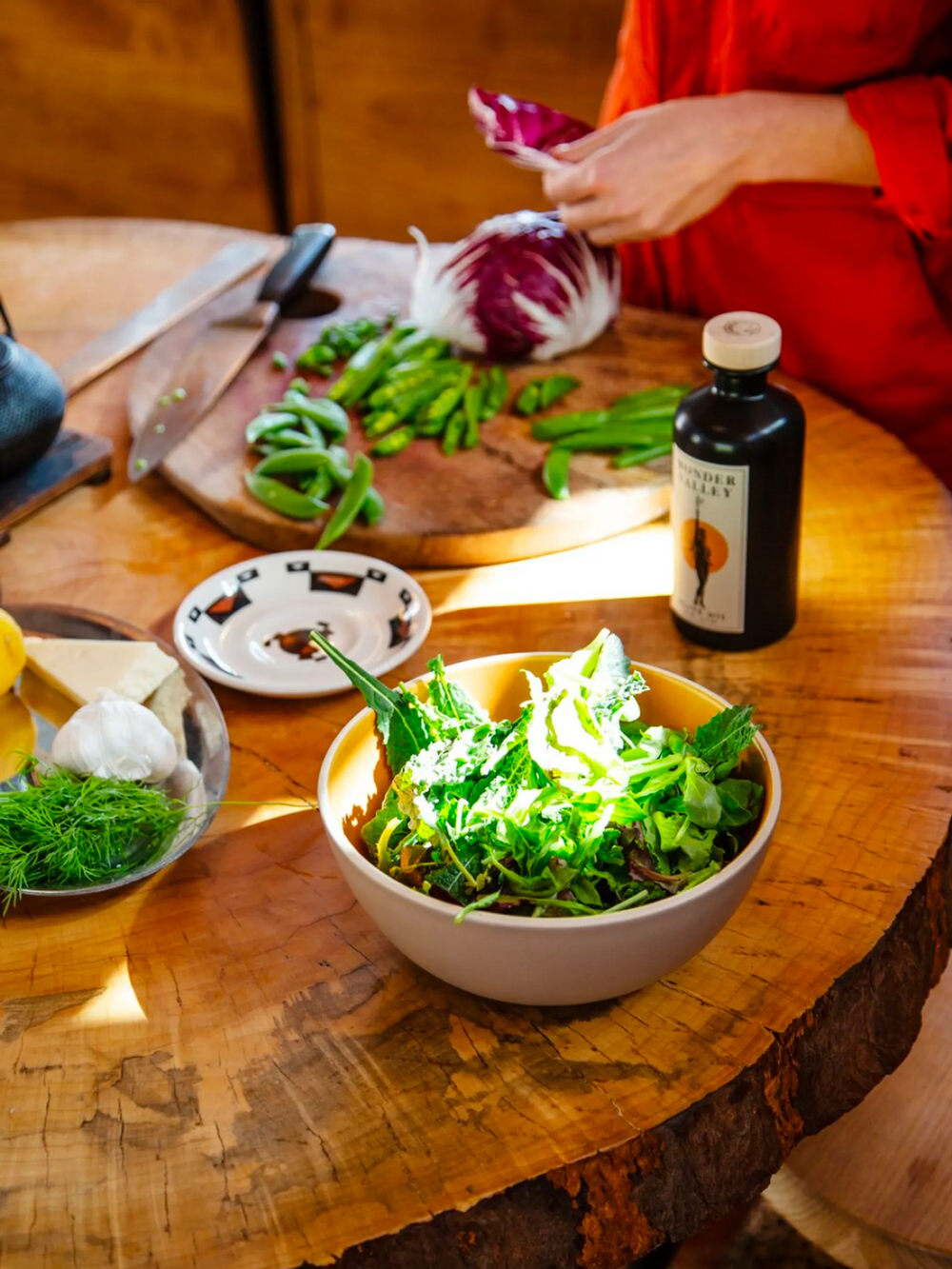
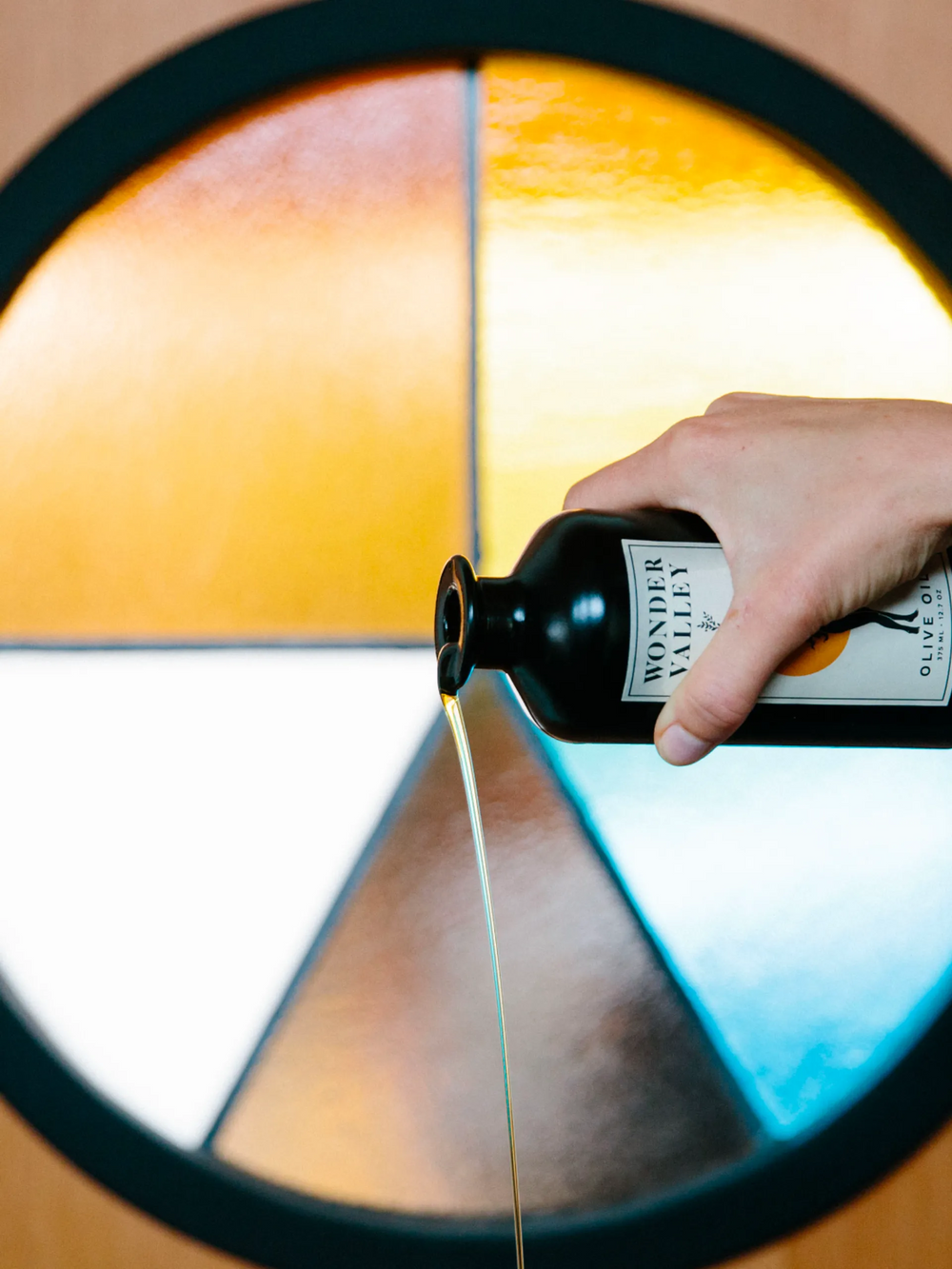
On The Shelves
Look for these four things when buying olive oil:
1. HARVEST DATE:
Look for a harvest date, not an arbitrary expiration date; the shelf life is roughly 18 months unopened (best used within 9 months opened for maximum flavor/health benefits).
2. NON-TRANSPARENT GLASS/TIN:
Clear glass or plastic causes the oil to oxidize (our Olio Nuevo is intentionally clear to encourage using it up within that first year of harvest as a limited edition).
3. CERTIFICATION:
For California olive oils – look for certification from the California Olive Oil Council.
4. SINGLE ORIGIN:
Read the fine print: make sure the oil is only coming from one geographic location; multiple countries listed = an untraceable oil, commonly a blend of many old oils.
What makes Wonder Valley Special
Our fruit is hand-harvested from groves in Northern California’s Lake County. It is a blend of different olive varietals for a unique, dynamic favor profile.
It is pressed within hours of harvest by a master miller, and it is racked of sediment (a form of filtration) to extend shelf life. It is not certified, but organic practices are used.
We provide transparency on when the fruit was harvested and pressed with a stamp of the month and year, rather than an arbitrary expiration date. We sell out each year before the next harvest so we are never selling our retailers or customers old oil.
We pick our fruit under ripe – mostly green not black- which gives it that bright and green, peppery, herbaceous flavor, has a higher concentration of polyphenols (the free-radical fighting antioxidant) and provides a longer shelf life.
Our bottle is plastic free and made of glass, paper, cork, wood, and a wood pulp anti-tamper label – we strive to keep plastic off our products as much as possible and use natural materials.
Storing Olive Oil
Keep it away from direct heat and sunlight, but never in your fridge. On your countertop or in a pantry is great, and if using a pour spout - just make sure it has a flap to prevent airflow to keep it from oxidizing. Enjoy & replenish as needed!
